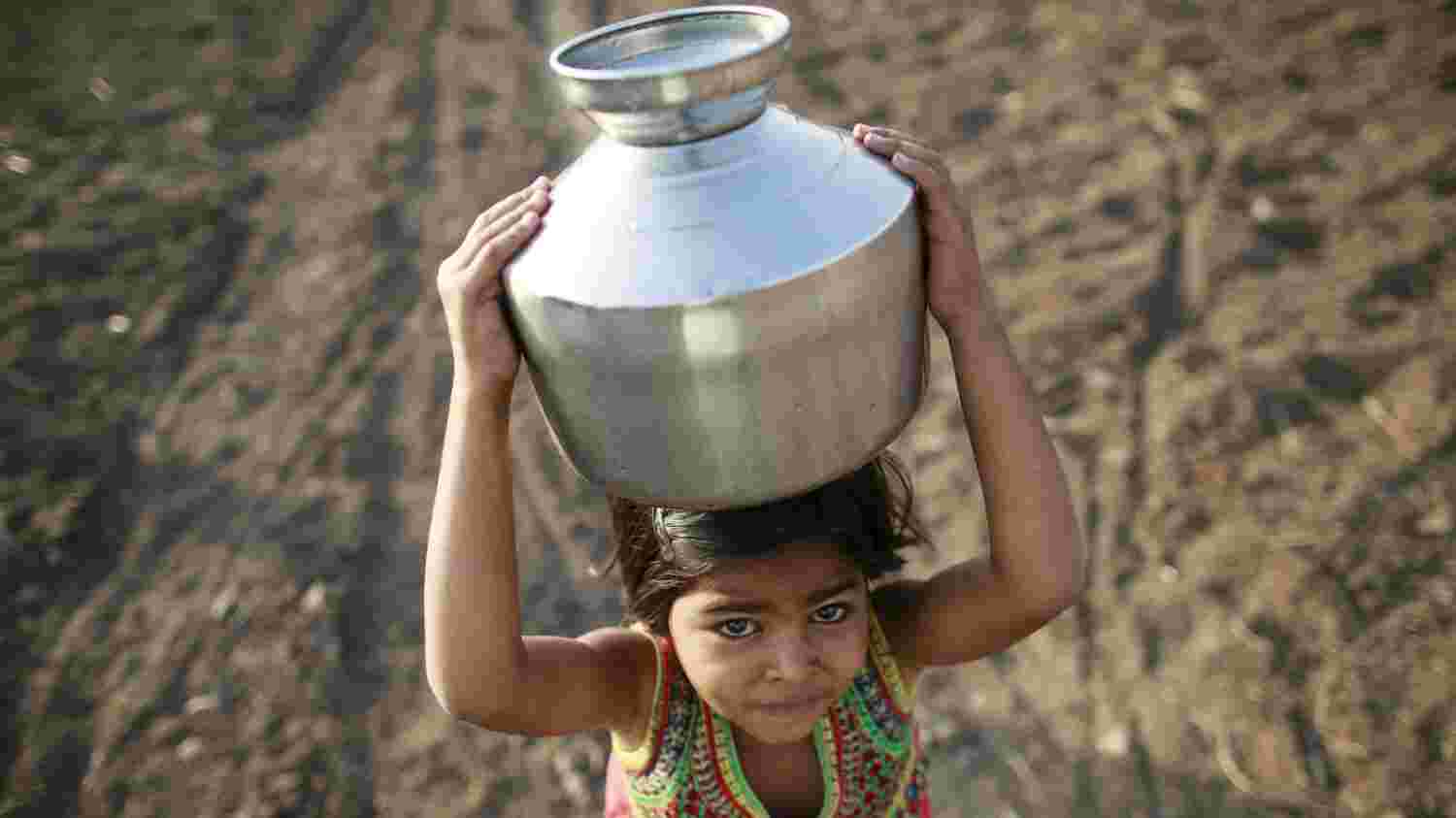An imminent crisis
To tackle the water scarcity crisis that awaits, a greater degree of diligence is required

India is among the largest producers of oxygen in the world. We produce 7,500 metric tonnes of oxygen per day. Still, we face this scarcity today! All our energy and resources are engaged in overcoming this crisis. But, what after it all ends? We will be relaxed again, ignorant of the next emergency which awaits us.
Today, 1.42 billion people — including 450 million children —live in areas of high or extremely high water-scarcity zones. Less than three per cent of the world's water resources are freshwater, and it is getting increasingly scarce. Decades of misuse and over-extraction of groundwater and contamination of freshwater supplies have exacerbated water stress. At the same time, water demand is rising due to rapid population growth, urbanization and increasing water needs from a range of sectors, particularly agriculture, industry and energy.
Water scarcity can mean scarcity in availability due to physical shortage, or scarcity in access due to the failure of institutions to ensure a regular supply amid a lack of adequate infrastructure.
Since life cannot exist without water, it has no replacement nor is it possible to quantify its value. Perhaps, this is why we as humans are so excited to find traces of water on Mars. It is a fact that we think of water and life as interchangeable when studying other planets.
The United Nations World Water Development Report (WWDR) 2021, published by UNESCO on behalf of UN-Water, shows that the inability to understand the value of water is the main cause of water waste and misuse. As per estimates; in 1951, per capita annual freshwater availability was 5,177 cubic meters which came down to 1,545 cubic meters in 2011. It is estimated that it is likely to further go down to 1,293 cubic meters in 2025. If the present trend continues, in 2050, freshwater availability is likely to decline to 1,140 cubic meters.
As Director-General of UNESCO, Audrey Azoulay rightly says: "Water is our most precious resource, a 'blue gold' to which more than two billion people do not have access. It is not only essential for survival but also plays a sanitary, social and cultural role at the heart of human societies."
In India, for example, the Ganges is revered by Hindus as a living entity with the same rights as human beings. Similarly, in New Zealand, the Te Awa Tupua Act of 2017 recognizes the Whanganui River as "an indivisible and a living whole from the mountains to the sea" and guarantees the river's protection by the local Maori population.
The current scenario necessitates proper planning, strategizing and implementing water supply systems including the development of proper institutional mechanisms at all levels.
In consonance with the declared national policy Jal Jeevan Mission (Har Ghar Jal), the goal is to provide safe and potable water to every rural person with an adequate (minimum 55 litre per capita per day) supply of prescribed water quality (BIS10500) for domestic needs and other basic needs including livestock, firefighting etc. The aim is to ensure supply on a sustainable basis at all times in all situations at affordable service delivery charges through functional household tap connection (FHTC) at the household level over the Design Period.
In accordance with United Nations Sustainable Development Goal-6, by 2030, the aim is to achieve universal and equitable access to safe and affordable drinking water for all as well as improve water quality by reducing pollution, eliminating dumping and minimizing release of hazardous chemicals and materials, halving the proportion of untreated wastewater and substantially increasing recycling and safe reuse at the global level.
One of the most important parts of SDG-6 is to support and strengthen the participation of local communities in improving water and sanitation management. The complete lack of people's involvement can obstruct the attainment of desired results.
For instance, in the case of the pandemic, the governments worldwide strategized different plans, framed policies but they did not achieve concrete results until the local people understood the gravity of the situation and followed all rules and regulations to safeguard themselves. The same is the case with the water crisis, only the government taking responsibility to tackle the problem is neither going to sustain nor succeed in any development initiative. Mere drafting of policies and building water infrastructure is not going to end water scarcity. Unless the community decides to take collective ownership as a stakeholder to participate in the process right from the beginning to nurture it as its own baby, no programme is going to succeed.
Community ownership will be the key for the long-term sustainability of water, especially in rural communities—ensuring water structures are properly maintained and frequently checked and repaired; judiciously monitoring consumption levels through water budgeting; and maintaining potable water quality through regular water quality surveillance and monitoring.
While we grapple with the unprecedented challenge like corona, we can control what we can foresee. No country, no government, no individual was prepared for a pandemic last year. But, today we can foresee the future. We know what we are dealing with and to a certain level have a plan in place to control it. It's high time, we learn a lesson and 'value' water before we run out of it.
The writer is a Communication Consultant at United Nations Office for Project Services. Views expressed are personal



